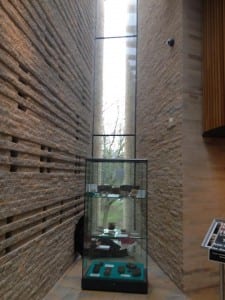Monday 28th January
Usher gallery
Dan Hunt
In today’s lesson we really started to look at the site that was delegated to our group. As this was the first time we had seen the site, there was so many stimulus and from the offset we had many ideas as a group.
some of the main topics for exploration this week was:
If you enter a space as a stranger you are able to explore the unknown.
Look at the space through different eyes.
Building is a visitor attraction. It wants people to come in to it and explore – how can we use this to our advantage?
Another thing that we wanted to explore as a group was –
Some Stiumulus and Ideas
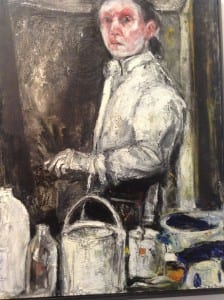
As a group we found different things in and out of the gallery that evoked something from us as individuals and as a group.
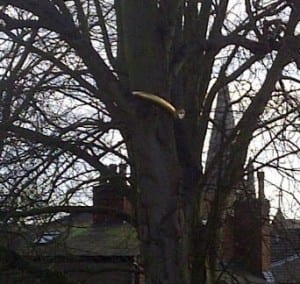
This is something that inspired us as a group to the look in to the way in which things are concealed and exposed under different circumstances. When the tree is in full bloom, the ring cannot be seen. As opposed to when the tree is bare, the ring is left exposed for all to see. As a group, we discussed the idea of exposing a space as part of our performance and the way in which this could be achieved.
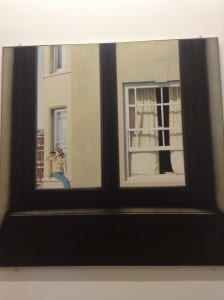
This painting was of particular interest to us as a group. As, to us, the painting represented the way in which people that come to visit the gallery interpret the same art in different ways. The idea that in a gallery, everyone is looking at the same thing but each piece can mean something different to each person is something that I personally find interesting.
What service does the building provide to the city?
Method adopted for this week:
Sit for 45 mins and study a space. Sit and listen, write down everything you hear
Outcome:
We looked closely at how a space can influence people’s behaviours. Our starting point was the cafe. Whilst sat studying the space as a group, each of us has different experiences.
Ellie:
Whilst in the cafe, I decided to focus upon the behavioural traits of customers in the que. I found that there was overt politeness between customers that were conforming to the rules of the que! I also noticed some one pick up a bag of crisps at the start of the que, then slyly put it back in the incorrect place when they decided a biscuit was more to their fancy. This exercise helped me to be aware of everything that is going on in a space around me, and almost find some comedic factor in everyday actions. It was ionteresting to see what kinf of ideologies there were in place about the way in which to act in a cafe.
Daniella:
For me. It was about focusing on the conversations that happened within the café. I took a moment to listen to a group of elderly women talking…
‘My mothers a bit lazy, when I found my dad had two Marks & Spenser dinners on Christmas day, her justification was ‘well it was M&S’
This led me to think about how although they were in a very public setting, within an art gallery, their conversation had nothing to do with the art. I understood this as the space having no boundaries, they were totally free to speak their minds and not controlled by the setting they were put in.
Alicia:
Whilst sat in the café we listened in one other people’s conversation in order to gain understanding of the spaces influence. Whilst waiters commented on the weather or objects such as peoples specific food orders, others who sat around tables and chairs with family and friends discussed topics that had no limits or boundaries.
A group of women discussed vegetables, whilst and elderly couple talked to their grandchild about her food. This proved to us that the space is a comfortable environment that allows people of all ages to feel relaxed and safe.
Tequila:
It was interesting to observe to what degree the gallery had affected its viewers I sat in the cafe and started writing down the conversations people around me were having. Even though what they were discussing had no relevance to and showed no inspiration from the gallery, it showed the different uses of the space; social space, visual space.
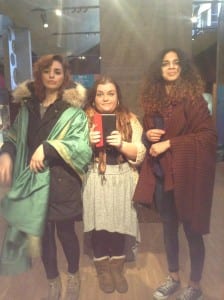
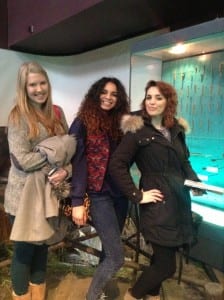
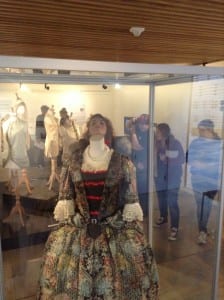
Keep your eyes open for our blog posts!
Authors- Ellie Henshaw
Word Count: Eloise Henshaw – 476 (out of 751)
![DSC_0026[1]](https://sitespecific2013dhu.blogs.lincoln.ac.uk/files/2013/01/DSC_00261-300x65.jpg)

